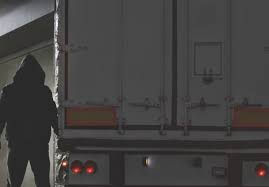NEW ATRI STUDY EVALUATES CARRIER STRATEGIES FOR RESPONDING TO RISING INSURANCE COSTS
- andrea35235
- Feb 22, 2022
- 2 min read

The American Transportation Research Institute (ATRI) has released a new report analyzing the impact that rising costs of insurance has on the trucking industry. The report assesses immediate and longer-term impacts that rising insurance costs have on carrier financial conditions, safety technology investments, and crash outcomes as well as strategies used by carriers to manage escalating insurance costs.
The study found that carrier strategies included decreasing insurance coverage levels, raising deductibles and/or Self-Insurance Retention (SIR) levels, and decreasing investments in other cost centers. Despite this increased liability exposure, out-of-pocket incident costs and carrier crash involvement remained stable or decreased among a majority of respondents.
Despite reductions in insurance coverage, rising deductibles and improved safety, almost all motor carriers experienced substantial increases in insurance costs from 2018 to 2020, according to ATRI. Premiums increased across all fleet sizes and sectors, with small fleets paying more than three times as much as very large fleets on a per-mile basis.
A third of the respondents reported cutting wages or bonuses due to rising insurance costs, and 22% cut investments in equipment and technology—potentially creating future safety and driver shortage concerns. However, in the short-term, crash data confirms that carriers that raised deductibles or reduced insurance coverage were generally incentivized to reduce crashes in the subsequent year.
Finally, the research describes a process for calculating the “Total Cost of Risk” in order to evaluate the full scale and impact of rising insurance costs on a carrier’s long-term safety and financial viability, including safety investments in drivers, programs and technologies.
“ATRI’s study corroborates the Triple-I’s research on rising insurance costs and social inflation – that increased litigation and other factors dramatically raise insurers’ claim payouts,” noted Dale Porfilio, Chief Insurance Officer of the Insurance Information Institute. “External factors that go well beyond carrier safety force commercial trucking insurance costs to increase, which then requires carriers to redesign their business strategies. The higher premiums ultimately tend to be passed along to consumers in the form of higher prices for goods and services.”
A detailed copy of the report can be found below on ATRI's website.




Comments